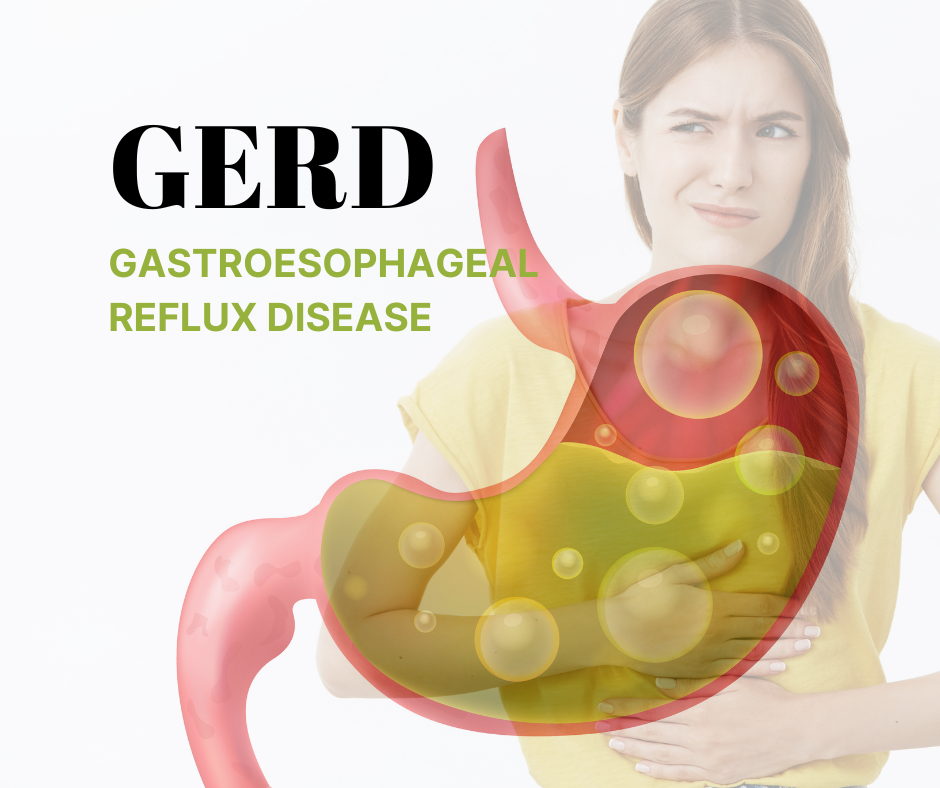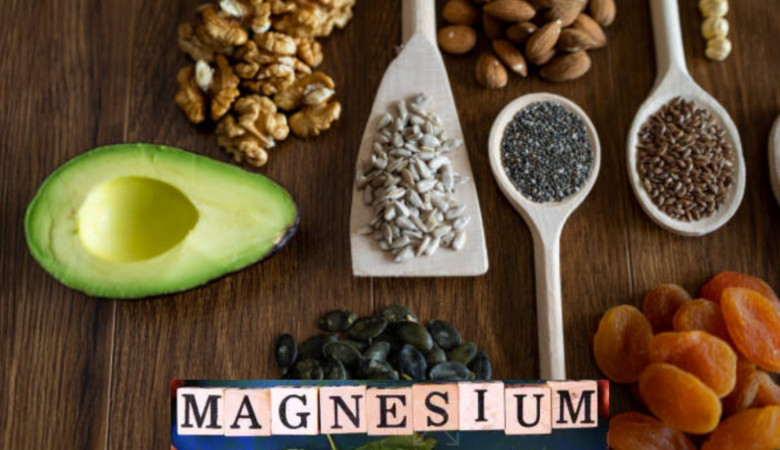WHAT IS GASTROESOPHAGEAL SYNDROME?
Overview
Are you experiencing heartburn (chest burn) or having problems in swallowing after having your meals? Then there is high probability of that suffering from Gastroesophageal Reflex Disease (GERD).Your food pipe (oesophagus) connects your mouth and stomach. The foods you eat enter your stomach from oesophagus when the muscles sphincters (oesophageal) are in relax (open) position. After which they get closed. Now if these sphincters both (cardiac and oesophageal) not close properly, then the gastric juice (acidic secretion) present in stomach (for digestion of food) gets reflux in lower part of oesophagus and then destroy tissue lining and you will suffer from heartburn or acid reflux.
Sometimes, you also have a taste of stomach fluid in your mouth. Having symptoms for once or twice a week indicates GERD. If you don’t have heartburn, however problems in swallowing the food or dry cough, this also indicates GERD.
GERD IN INFANTS:
GERD is also common in younger infants. Many 4 months old have it. After 1 year of age 10% of babies suffer from GERD. In infants, the sphincter muscles don’t fully develop or they remain open when they shouldn’t. So, baby may spit up, vomits, the food can be inhaled into the lungs and windpipe, which may lead to bacterial or chemical pneumonia. As a result asthma also developed. Refuse to eating, coughing or wheezing are the possible signs of GERD.
What are the causes of GERD?
- Hiatal hernia : In this the little portion of stomach enters the diaphagram through an opening. In body, diaphagram separates the chest from abdomen. So when you have hiatal hernia it is easy for acid to come up and enters the oesophagus.
- Pregnancy:During first trimester, muscles in oesophagus push the food in stomach slowly, so for long time food is present in stomach and it can eventually come up. And can result in heartburn.
- Obesity: Due to excess belly fat, pressure increases on stomach and can cause food reflux into oesophagus.
- People who eat a lot of spicy food, acidic or fatty acids containing food are at high risk.
- Having a lot of coffee or tea, alcohol, soda and large meals and eat late at night are risk factor for GERD.
- Connective tissue disorders suffering people such as rheumatoid arthritis, lupus, scleroderma, marfan syndrome.
- Smokers and delayed stomach emptying are also the risk factors.
Sign and symptoms
- Heartburn (painful burning in the chest).
- Swallowing problems.
- Pain in chest and not due to heart diseases.
- Lumps throat.
- Unexpected, rarely nausea.
Complications: When left untreated GERD (or acid reflux) can lead to following complications
Inflammation-When the acid get enters into oesophagus; it damages the lower inner lining and cause inflammation referred to as oesophagitis. This can cause bleeding/ulcers. This scarring causes the stricture (narrowing of oesophagus).
Barrett’s oesophagus-This is one of the serious complication of long term GERD. In this the inner lower lining of oesophagus changes to and become the same that of inner lining of intestine. This is now proving to develop oesophageal cancers.
Diagnosis of GERD:
When you will visit a physician, keeping in mind that you are not having pain due to heart disease the doctor will ask you medical history and will ask you for medical test and understand your case.
Upper endoscopy-This is a procedure in which a thin scope with light and camera at its end is used to look inside the upper digestive tract – the oesophagus, stomach, and first part of small intestine called the duodenum. Also, a small sample of tissue of inner lining of oesophageal tracts is taken and sends to the lab(biopsy)to check the swelling in tissue and also tested for complications such as Barrett’s oesophagus.
Oesophageal impedance testing- To know how much of condition is worse, it is to check how much acid and gastric juices come back into the oesophagus. This test is performed by sending a tube through nose and then oesophagus.
Oesophageal manometer- After the narrowing of oesophagus, you swallow food with difficulty, and to measure s oesophageal pressure exerted by the rhythmic muscle contractions when you take several swallows,so this test is performed.
Upper GI imaging- This is series of radiographs which is used to examine the upper gastrointestinal series, also called as barium meal .This is perform for checking abnormalities. This technique also called as barium oesophageal.
Treatment of GERD
When you will be visiting your doctor, initially they will recommend you to change some of your lifestyle habits and then possibly suggest some medicines and after some weeks, your condition is not improving they will go for surgical treatment.
Lifestyle changes
- Ignore the spicy, acidic or fatty foods. Common neutraliser you can take to nullify the acids are tomatoes, citrus fruits, chocolate, peppermints and fried food.
- Avoid alcoholic drinks, coffee, tea, and sodas.
- Obese people are at higher risk, so make efforts in losing weight.
- Taking smaller meals and avoiding eating late in a day.
- Prevent your bedtime snacks. Keep the stomach empty foe 3-4 hours a day.
- Avoid weight lifting exercise and sit-ups that enhances abdominal pressure.
- Avoid tight-fitting clothes.
- Quitting smoking.
Your physician will strategise your activities after examining your case.
Medications- Over the counter
Antacids – These are the medicines to have instant and acute relief and are non-prescribed. These will help you control excess heartburn.
- Tums
- Alka-Seltzer
- Maalox
- Mylanta
- Pepto-bismol
- Rolaids
These medications have their own side effects such as diarrhoea or constipation. So, consult the doctor while taking it.
Medications- Over the counter and prescription strength
Histamine 2(H2) Blockers- these reduce the amount of acid production in stomach. Chronic use of these medication should be under supervision of physician.
- Cimeitidine
- Famotidine
- Nizatidine
- Rantidine
Proton pump inhibitors (PPIs)- These are group of drugs that relieve symptoms in all GERD patients. So, this work in distinct ways, combinations of drugs should be recommended under guidance o physician.
- Omeprazole
- Lansoprazole
- Pantoprazole
- Rabeprazole
- Esomeprazole
- Dexlansoprazole
Surgical treatments
Nisson fundoplication- In this, the wrapping of stomach areas near the lower oesophageal areas to prevent the acid reflux. The wrapping of stomach can be partial or complete.
LINX device- A ring of tiny magnetic beads is wrapped around the meeting ares of oesophagus and stomach. The magnetic attraction between the beads keep both ends closed and allow reflux but weak enough to allow the food to pass through.
Neither ignores the mentioned sign and symptoms nor the chest pain. Look for medical intervention. Being proactive is important. Living with this disease with not proper medication and physician guidance cam make you pay a lot in context to your physical, physiological, financial, mental and emotional health. Having uneasiness inside your chest makes you frustrated. Life is a precious gift and it is awarded to you, try to make best of every moment. Good happenings do come when you allow them to come. So, it is advisable to take care of your health.







